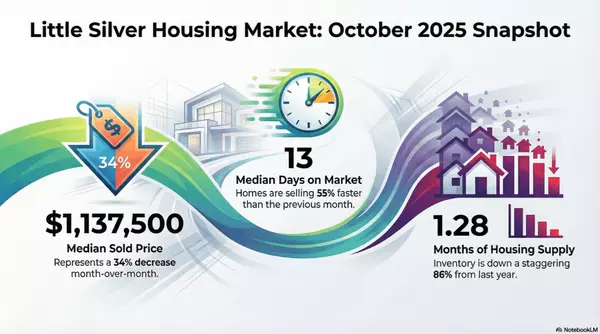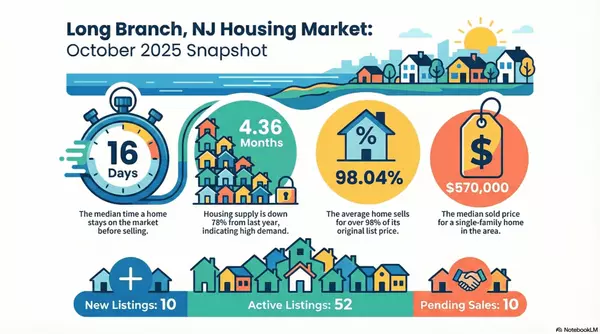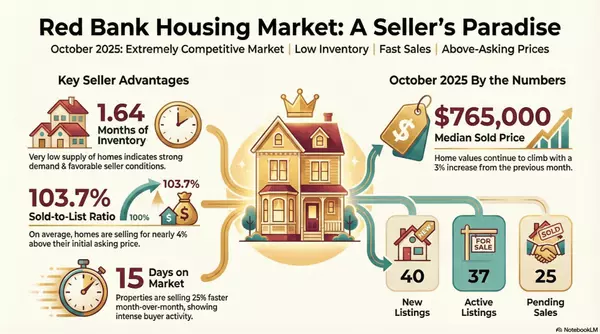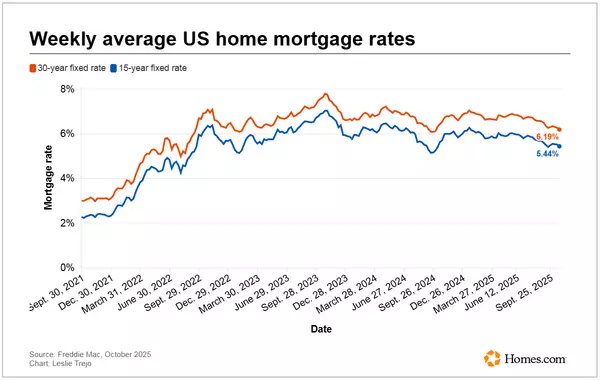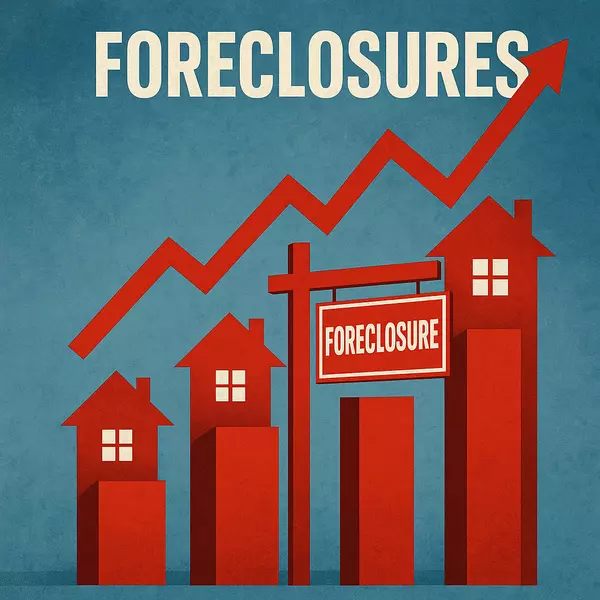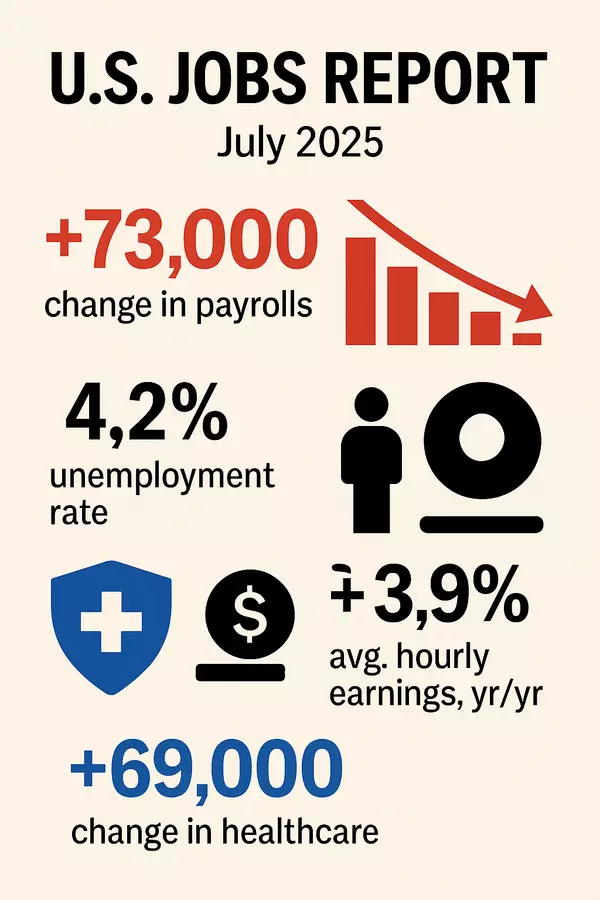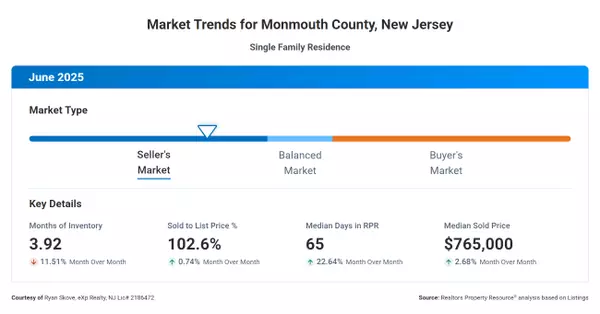Home Prices Hit New Peaks Despite Affordability Issues
|
||||
|
|
||||
Home Prices Hit New Peaks Despite Affordability IssuesThe Black Knight Mortgage Monitor for May doesn’t even hint at a housing crisis on the horizon. Affordability is again (or maybe still) a concern, but buyers are out there, and home prices reflect that fact. Homeowners are performing well on their mortgages (and aren’t about to give up their low rates), and while the current report doesn’t touch on the subject, continue to build on their equity. In addition, builders are getting back in the game, shoring up hope of a lessening in the perennial shortage of available homes. Home prices, which eased late last year have now risen for five straight months, completely reversing the earlier declines. Black Knight says its Home Price Index hit an all-time high, rising 0.7 percent from April to May. While the year-over-year growth rate is currently hovering at 0.1 percent, the May increase is equivalent to annualized growth of 8.9 percent. If the recent pattern continues, that annual growth rate may turn and begin trending higher as early as next month.
Twenty-seven of the 50 largest U.S. markets have returned to their previous price peaks or set new ones this spring. Even the West Coast, where some of the largest downward corrections happened last year, saw many of its markets reheat in May. San Jose was up 1.4 percent, Los Angeles rose 1.0 percent, and Seattle gained 0.9 percent. Austin, Texas is a major exception to the price hikes. The deficit from its peak continues to grow, reaching -13.8 percent in May.
“There is no doubt that the housing market has reignited from a home price perspective,” according to Black Knight Vice President Andy Walden. “Firming prices have now fully erased the pullback we tracked through the last half of 2022 and lifted the seasonally adjusted Black Knight HPI to a new record high in May. This, of course, means that affordability is taking a hit, fueled by rising interest rates as well as home prices. As of June 22, with 30-year rates at 6.67 percent, it required $2,258 per month in principal and interest to make the monthly payment on a median-priced home, given 20 percent down on a 30-year mortgage. This exceeds the previous high of $2,234 required last October. Nationally, it takes 35.7 percent of median household income to make the average P&I payment. Only rising income since the fall of 2022 has kept May from being the most unaffordable month in the past 37 years. Inventories continue to be the principal driver of home prices. For-sale listings have deteriorated in 95 percent of major markets this year and are at about half of pre-pandemic levels. Meanwhile, more than 60 percent of existing mortgage holders – and potential sellers – are sitting on first lien rates below 4 percent, with significant disincentive to list in this high-priced, low inventory, high-rate environment. Still, prepayments (SMM or single-month mortality) rose by 23 percent in May to 0.54 percent, the highest level since September. Twenty-eight percent of prepayments were related to home sales, but all drivers rose by double digits. There were 22 business days in the month, two more than in April, which also accounted for a 10 percent increase in the SMM. Prepayments are still down 40 percent year-over-year.
Walden commented, “As it stands, housing affordability remains dangerously close to the 37-year lows reached late last year, despite the Federal Reserve’s attempts to cool the market. The challenge for the Fed now is to chart a path forward toward a ‘soft landing’ without reheating the housing market and reigniting inflation. But the same lever used to reduce demand – raising rates – has not only made housing unaffordable almost universally across major markets, but it has also resulted in significant supply shortages by discouraging potential sellers unwilling to list in such an environment, further strengthening prices. At this point, even if rates come down, but not so sharply as to entice potential sellers out of their sub-3.5 percent mortgages, it could risk a widespread reheating of home prices across the U.S.” Walden sees welcome news in May’s residential construction data. “New construction starts and completions were both strong in May. However, most projects underway in the month were 5+ multi-family units, as opposed to single-family residential (SFR) units. SFRs made up just 40 percent of the total and is now at construction levels still approximately 30 percent below the 2005 peak.” There is also good news on the mortgage delinquency front. The national delinquency rate fell 11 basis points (bps) in May to 3.10 percent, returning to a near-record low after a calendar-driven spike in April. The number of borrowers missing a single payment dropped by 94,000 or 9.5 percent erasing nearly half of the prior month’s increase. Loans 90 or more days past due, are down 30 percent year-over-year and within 1 percent of the post-Great Recession low in 2019.
|
Recent Posts

